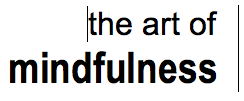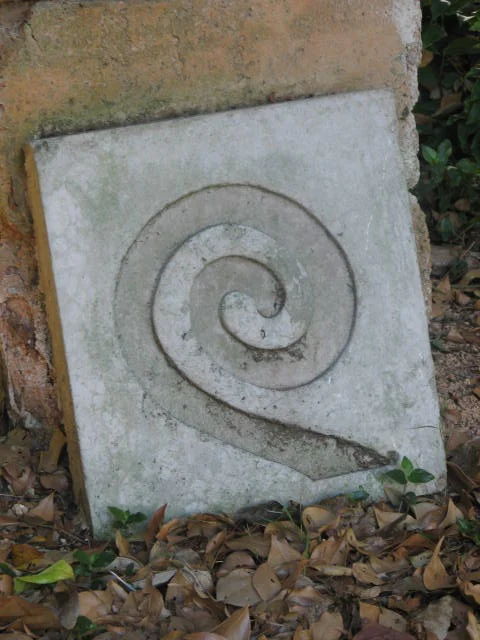Mindfulness ... Meditation... What's the Difference?
/Meditation is another word for mindfulness practice, but it’s not a word I tend to use in an intro mindfulness class because of the spiritual/religious connotations it carries. A brief 4-week course presents mindfulness practice as a tool to improve well being and reduce stress, as something sensible to do for one’s health, like eating good food or exercising. In saying this, I’ve framed up mindfulness practice as secular — meaning nothing much to do with spiritual matters. But there is a lot to say about practising in a wider sense than the personal. In this article, I’d like to explore mindfulness as a spiritual practice, which is of course where it has its origins.
If you ask what I mean by ‘spiritual’, I would have to point to something that can’t be grasped by the mind or expressed in words. Something that can’t be seen with ordinary eyes, or heard with physical ears, or felt in any usual kinesthetic sense. I would have to talk about the mystery of the force of Life itself, that animates and gives breath to your body for the short time we call an individual life. The force that lends you an inherent radiance of spirit, that exists prior to the conditioning and points of view imbibed from your culture, family, schooling and religion. This radiance is a spontaneous and unpretentious quality of being, which is eclipsed by fear, stress, conditioning and identification with roles. It is your original nature.
I call this mysterious force of life, Love.
Spiritual practice is not synonymous with religion. A human being begins spiritual practice when they have first intuited the presence of a unifying force that endures beyond any one fleeting individual life, and aside from any doctrine or dogma. Then, true awareness begins, the intuition of our real Nature, along with all the mind content and tendencies that get in the way of knowing or practising that. The intuition of impersonal Love cannot be mandated or called up according to a schedule or technique. However, the concentration practices of the sort we teach in introductory courses are a useful first step. By learning to strengthen the muscle of present moment awareness — using our own body, using our own breath, sounds, the witnessing of thoughts and all that arises — we can then turn that muscle towards the discipline required to contemplate our original Nature. In the truest sense, meditation as spiritual practice is a remembering, more and more, who we really are, waking up to the Love that in truth lives in each of us. And as such, it is a continual process, not a 12- or 20-minute one.
Formal meditation becomes then a relationship with the force of Life, rather than a strategy for relaxation, though relaxation is a fruit that often comes as a side effect. One sits, with the attitude of opening to Love. Watching everything arise, the way it always does — sounds, thoughts, judgments, doubts, boredom, discomfort, sensations, the breath — but letting oneself be as surrendered as possible to something which cannot be ‘got’, some sense of simply ‘being’, a softening, a deep gratitude that is nothing to do with current conditions, some knowing that we are no less, or no more, important than any other living creature on the planet we share, a sense of connection with the Life we are all.

